Exhibition dates: 29th October – 6th December 2008

Louise Rippert (Australian)
Recording (detail)
2008
Collage; thread, aluminium and silver gilt and pencil on khadi paper
38 x 37cm
Collection of Deakin University
Deakin University Art Gallery present an exhibition by this Melbourne artist of new work.
“Favouring the use of archival, translucent, brittle and fine materials in her labour intensive and near devotional ‘manuscripts’ of stitching, pattern and perforation, Rippert creates mixed media works of the utmost delicacy … This is the first solo exhibition of Rippert’s work in a public institution and will present her past and recent work.”
Rippert’s work is extraordinary. Taking paper of every sort Rippert inscribes the surface: stitches, weaves, colours and indents the paper, making annotations that develop personal narrative. Delicate and insightful her work celebrates what it is to be human – to be lovers, to be a daughter, to dance, to record. Rippert uses repetition of form in grids and circles to achieve her archetypal works, touching the deepest patterns of our lives.
Dr Marcus Bunyan
For many artists the process of art making has a mysterious fascination that continues to draw them back to experimenting, searching and the experience of creating. At the very least, it is reasonable to suggest that art making in this respect is supramundane; an experience particular to itself, simultaneously autonomous but contingent on an “other”, challenging but ostensibly satisfying, baffling and revelatory as – in this sense – creating art involves the artist’s responses, reflections and what is sometimes referred to as an inner dialogue with the work.
The medium (in that very specific conjuring sense of the word) and the interaction with it then becomes a vehicle in which this dialogue has an opportunity to “arise”, or be “heard”. It may be in these cases that the exercising of inner consciousness marks an escape or a period of sanctuary from the regular rigours of life, or that it denotes the labour of a different kind, of higher purpose, intellectual inquiry or even some manner of transcendence.
The term meditative is often ascribed to this transformation of consciousness and the introspective process of art creation. So is it meditation? Certainly many artistic traditions have involved high levels of training and discipline. Certainly many forms of meditation have involved an “other” to provide musing, focus or distraction for the mind. Both have shared common traits of concentration, labour, devotion, repetition, patience and practice. In the artwork of Louise Rippert, certainly the preconditions for such a meditation are identifiable.
The inherent irony with formal artwork is that short of sitting over the artist’s shoulder the audience experiences the result of process, rather than the process itself. However, the beauty (in more sense than one) of Louise Rippert’s work is that in many cases she leaves paths that can be followed or re-imagined, whether it is in the delicacy of her stitching and folding or the sequential approach to numbering that characterises many of her works. We can sense the endeavour. We can see the labour. We can begin in the middle of a spiral or circle and follow the numbers to their logical conclusion. Our mind in many respects can literally “join the dots” and so make the abstractive leap back and forth in time to appreciate this process of becoming.
The extra dimension to the work exhibited in LOUISE RIPPERT: TRACE is that the result also speaks not just of the process, but the intent. There is equilibrium, harmony and quiet in and across these works, which compels revisiting that very painstaking process. While having exhibited artwork annually since 1994, Rippert’s modus operandi has meant limited opportunities to show substantive bodies of work. She has been represented periodically in the National Works on Paper Prize at the Mornington Peninsula Regional Gallery and in 2005 she was the co-winner of the Blake Prize for Religious Art.
Deakin University Art Gallery is therefore very proud to present LOUISE RIPPERT: TRACE, the first solo exhibition of Louise Rippert’s creations in a public gallery and would like to thank the artist for collaborating in this project. Thanks are also extended to the following people for their contributions to this project; Euan Heng, artist, for his opening remarks to launch this landmark event, Diane Soumilas, Gallery Co-ordinator, Glen Eira City Council Gallery for her insightful catalogue essay, to the private collectors who have loaned works and Jasmin Tulk for designing the catalogue to mark and accompany this important exhibition.
Victor Griss
Exhibition Curator
Originally published in Louise Rippert:Trace, Deakin University 2008
Deakin University Art Gallery
221, Burwood Highway
Burwood 3125
Opening Hours:
Tues – Friday 10 – 5pm
Saturday 1pm – 5pm
Deakin University Art Gallery website
LIKE ART BLART ON FACEBOOK
Back to top

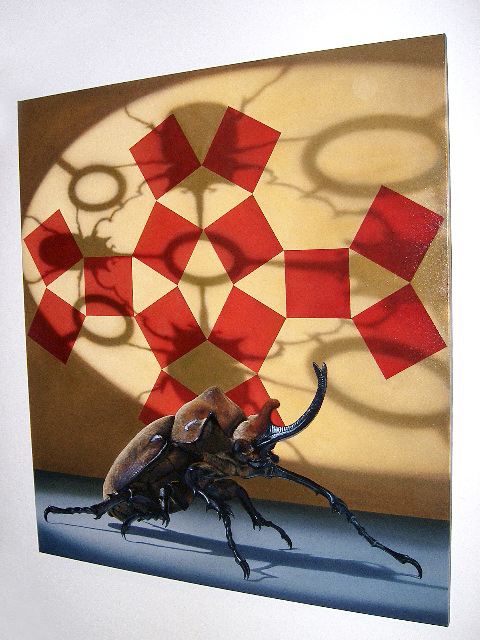

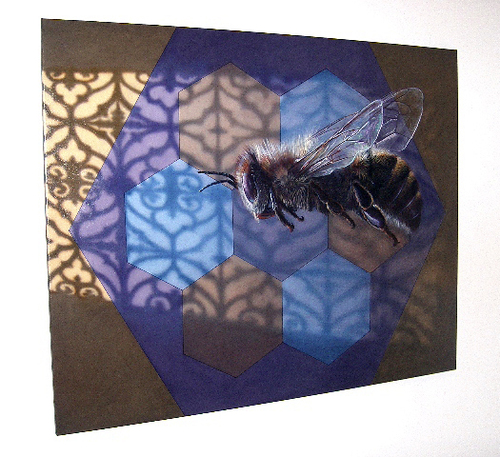


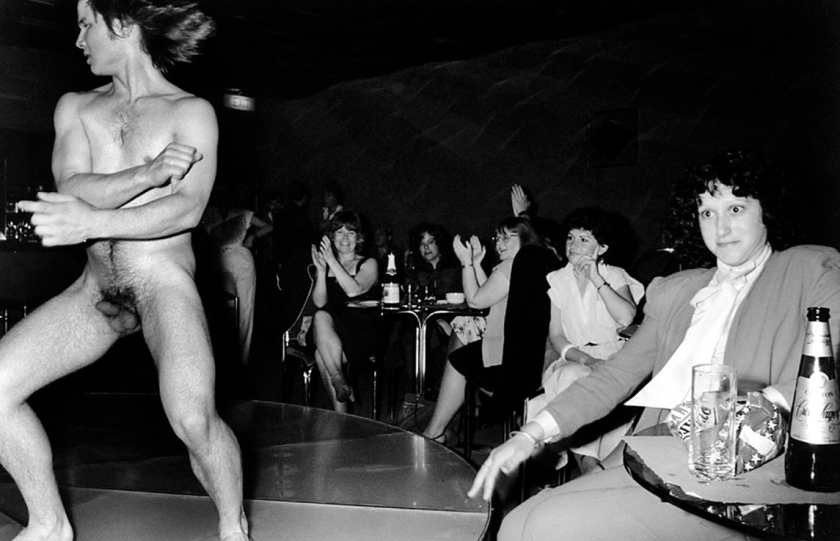
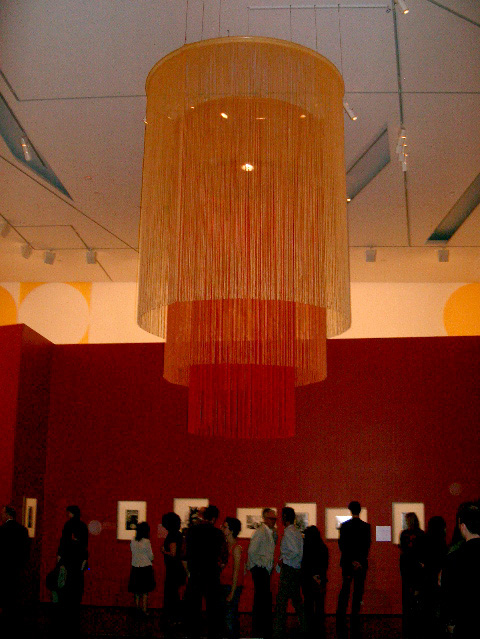

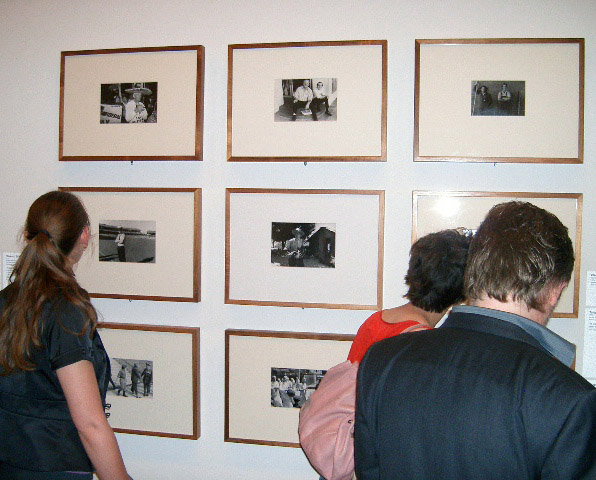
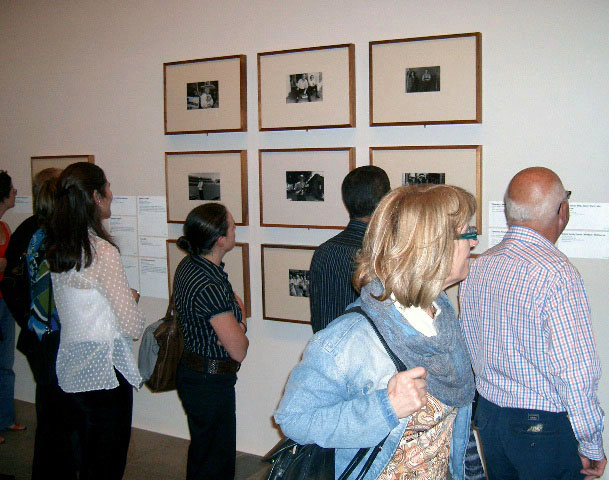

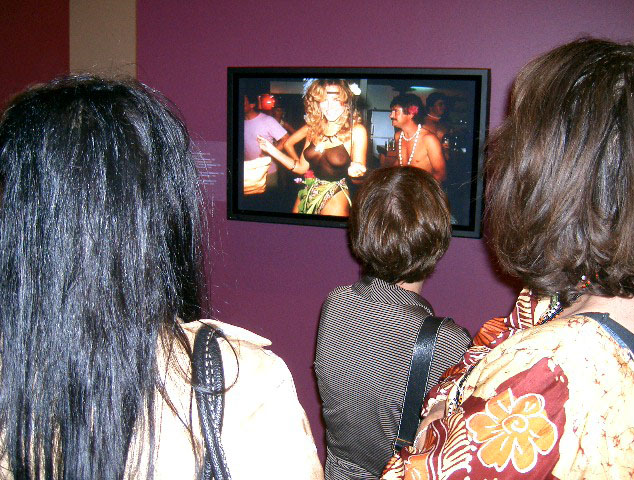





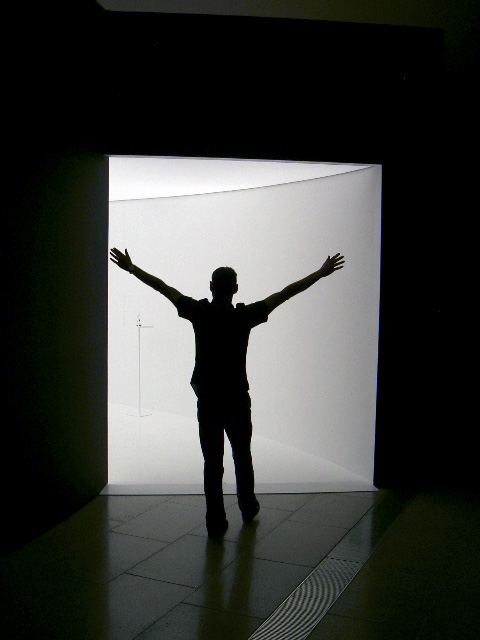

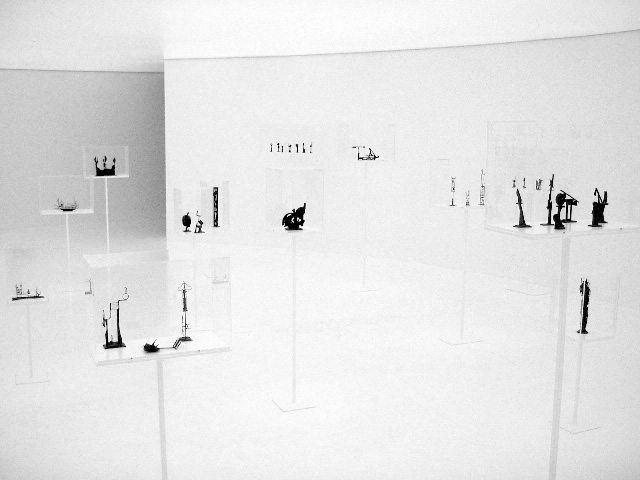
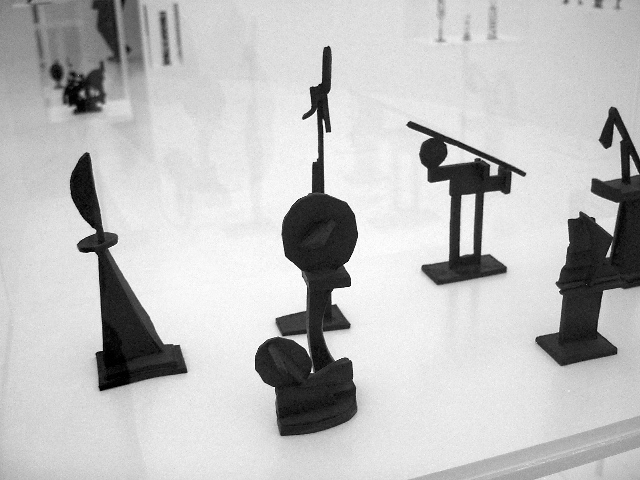
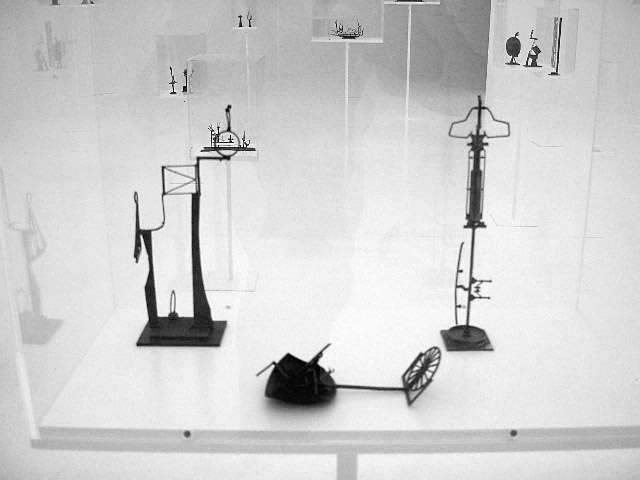


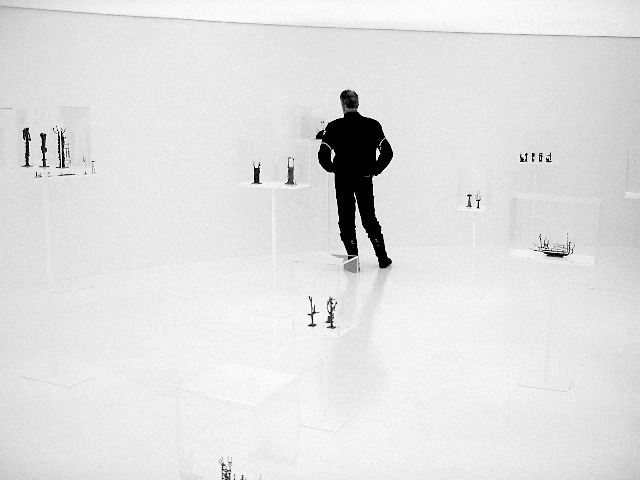
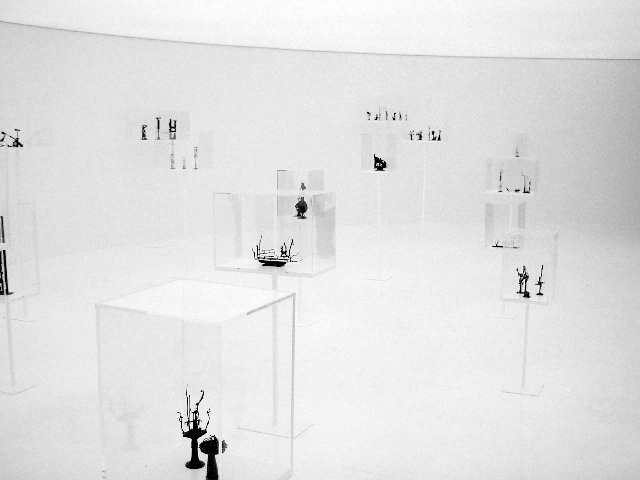
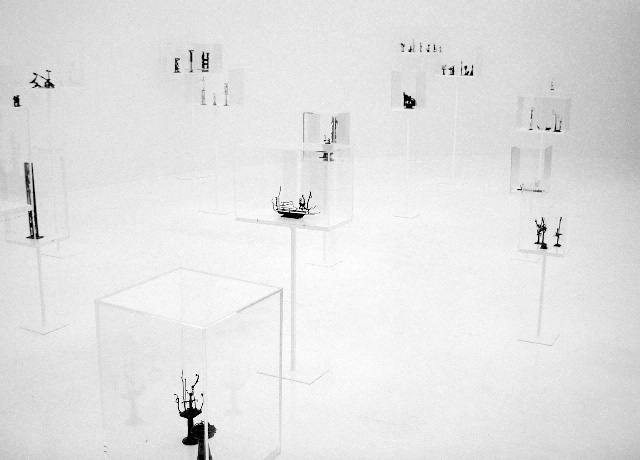

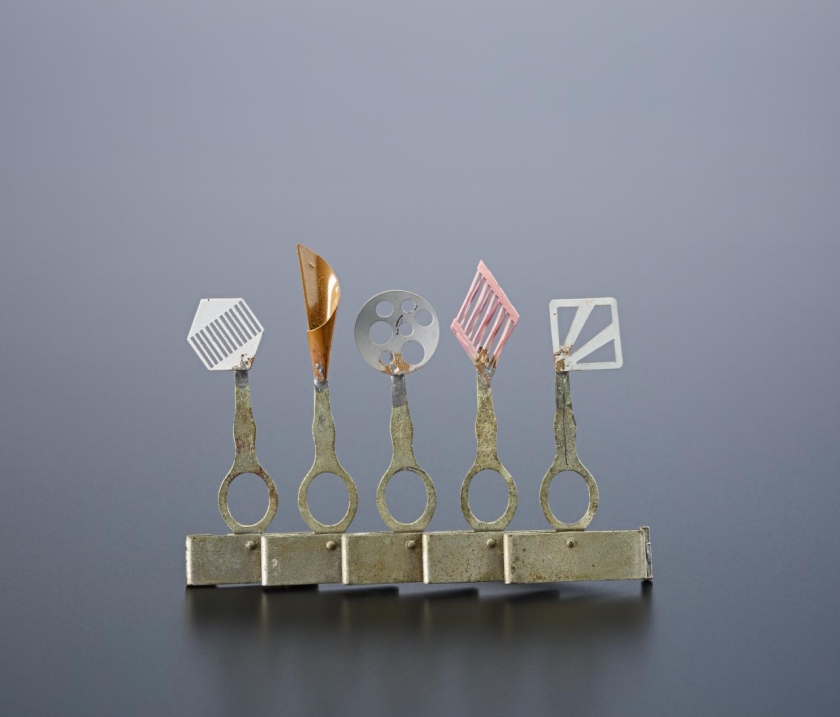









You must be logged in to post a comment.